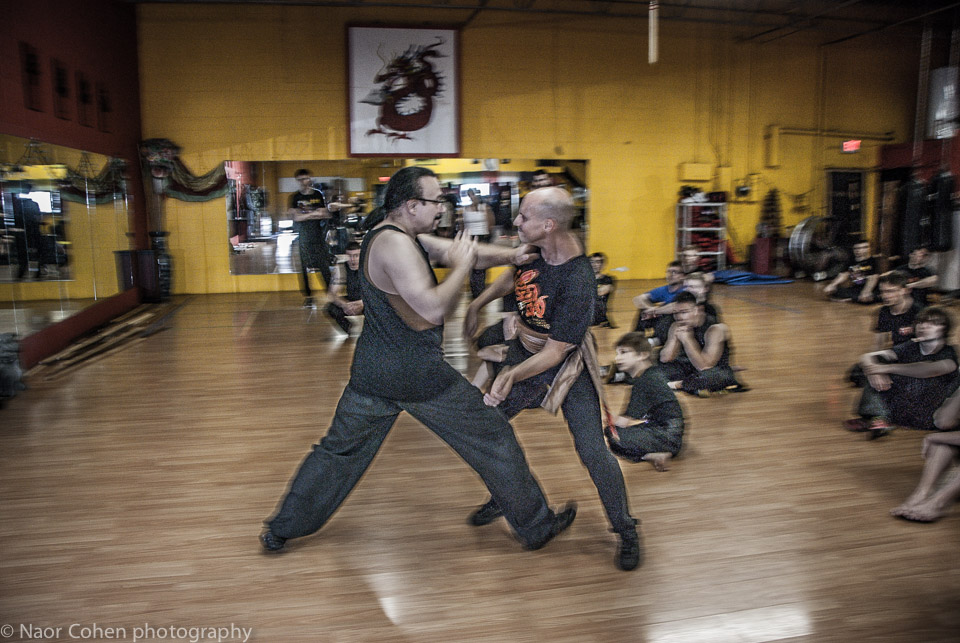Which of course, was great news for Clan Ceàrr or clan Kerr in Scotland, from which I decend.
My father, myself, and my son are all lefthanded.
Clan Kerr had a genetic predisposition to bred left handedness. Upwards of 35%.
The Kerrs have typically been associated with left-handedness, and the well known Ferniehirst Castle, near Jedburgh, with its unusual left-handed spiral staircase, is allegedly designed with this handedness in mind.
Spiral staircases were a clever defense in medieval castles.
They were almost always built with the spiral in the same direction (clockwise, when looking up from the bottom) so that the defending swordsman, who would either be coming down the stairs or backing up in reverse, could freely swing his sword.
Conversely, the attacking swordsman (ascending the stairs) would have his swing blocked by the wall. This, of course, assumed that both attacker an defender were right-handed.
Left-handed swordsman, though rare, had the advantage of surprise when attacking in the open in that they had generally trained and fought against more right-handed opponents than their adversary had fought left-handed opponents. Their attack when ascending a standard spiral staircases was also not blocked by the wall.
By the way I mean shocking in a good way. It's something new and unexpected.
Scottish Poet James Hogg (1770 - 1835) wrote, in The Raid of the Kerrs:
But the Kerrs were aye the deadliest foes
That e’er to Englishmen were known
For they were all bred left handed men
And fence [defence] against them there was none
and Walter Laidlaw wrote,in The Reprisal (1900), celebrating the storming of Ferniehirst castle:
So well the Kerrs their left-hands ply,
The dead and dying round them lie,
the castle gained, the battle won,
Revenge and slaughter are begun.
Clan Kerr tartan:
View attachment 21664


